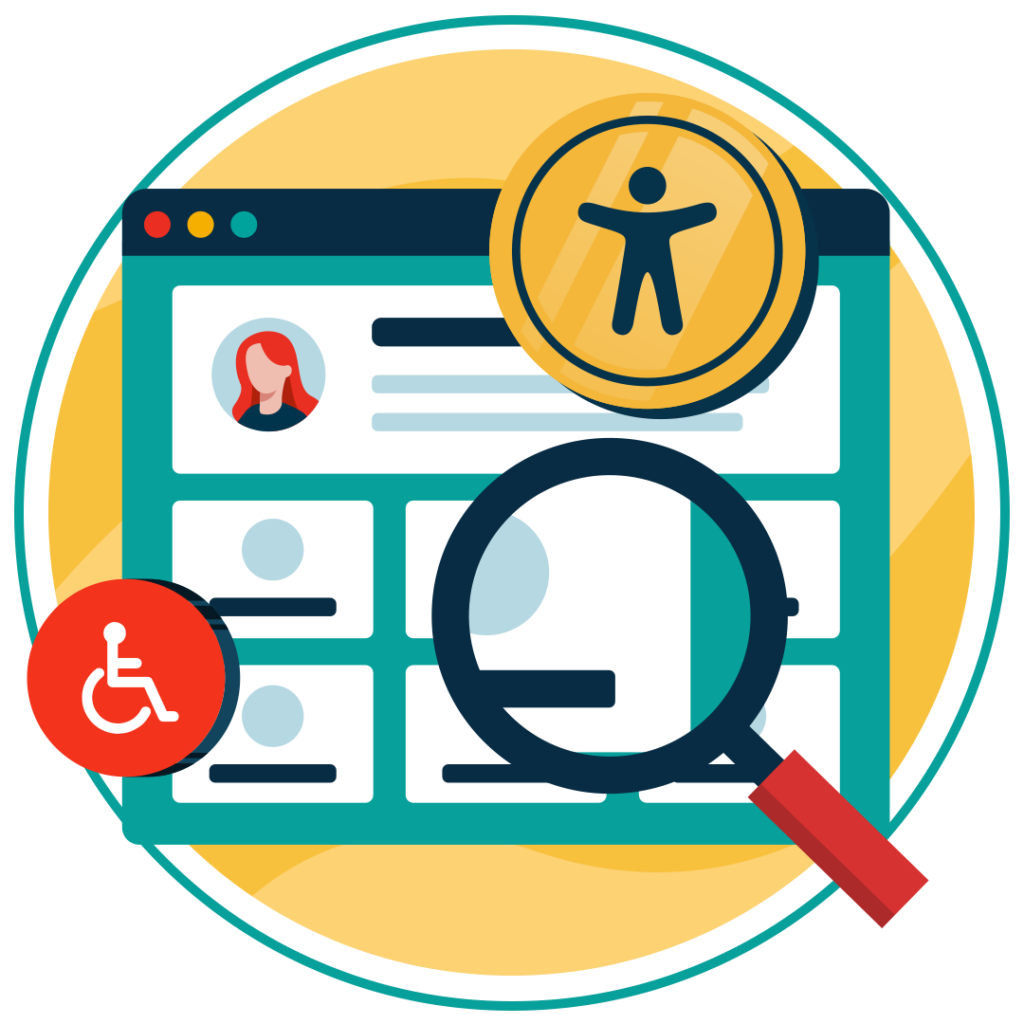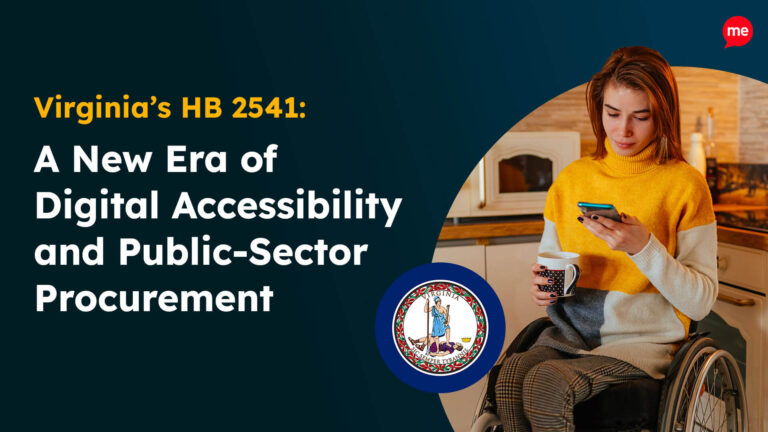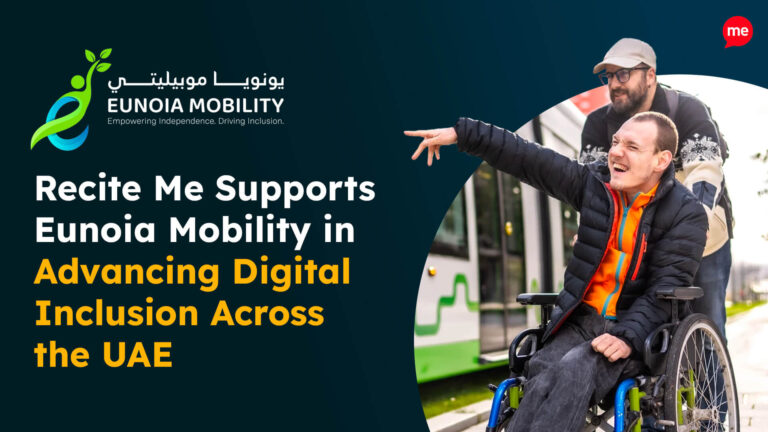Given that 1 in 6 people worldwide have a significant disability, it seems obvious that our online and physical spaces must reflect this through inclusive strategies and best practices. The term “assistive technology” often pops up in discussions about inclusivity, but what does it really mean? More importantly, how can it help people with physical disabilities lead more independent and fulfilling lives? This article seeks answers to these questions, offering actionable advice for squeezing the most out of assistive technology.
What is Assistive Technology?
Assistive technology (AT) refers to any device, software, or equipment designed to help individuals with disabilities perform tasks that might otherwise be difficult or impossible. While often referred to within the context of digital accessibility, these ‘technologies’ can be both manual and digital.
They can be as simple as a magnifying glass or as complex as a computerized communication system. Regardless of the type, however, the goal of AT is always the same: to enhance the functional capabilities of individuals with disabilities, so that they can live more independently and participate more fully in daily activities.

Free Accessibility Check of your Website
Finding accessibility issues is now easier than ever. Recite Me offers a free automated scan of your website’s homepage to highlight non-compliance. You’ll get recommendations on how to fix them, helping to improve your accessibility score.
Types of Assistive Technology for Physical Disabilities
There are many examples of assistive technologies, each designed to address specific challenges faced by individuals with physical disabilities. From mobility aids that enhance movement to adaptive devices that facilitate communication, these technologies open up a world of possibilities. This section explores some of the most impactful types of assistive technology available on the market today.
Mobility Aids
Consider for a moment the difficulties of navigating a world without the ability to move freely from one place to another. For many, this is a daily reality, and mobility aids are designed to address this challenge.
Ramps are a classic mobility aid example. They are a simple yet essential tool, providing wheelchair users and those with mobility issues easier access to buildings and public spaces. They eliminate the physical accessibility barrier posed by staircases, making it possible for everyone, disabled or not, to enter and exit spaces safely.
In fact, wheelchairs themselves are a type of assistive technology too. On the market today, there are both manual models and advanced electric models that can be controlled with minimal physical effort. Modern electric wheelchairs come equipped with features like tilting and reclining seats, as well as customizable controls to suit individual needs.
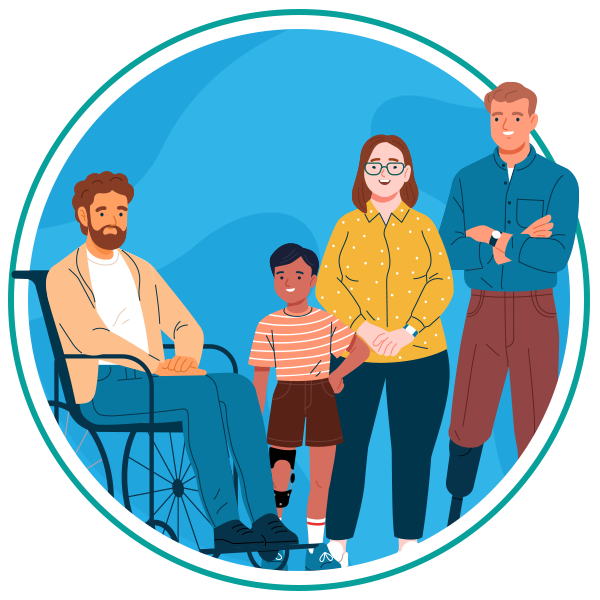
These are just a few of the many examples of assistive technology mobility aids, others include the likes of walkers, rollators, canes and crutches. Which all benefit a wide array of people with disabilities including conditions such as Cerebral Palsy.
Adaptive keyboards & mice
For individuals with limited hand mobility, standard keyboards and mice can be challenging to use. Adaptive keyboards and mice, however, serve the exact same purpose but are designed specifically to address the difficulties faced by those with hand mobility issues.
Ergonomic keyboards are a type of adaptive keyboard that are designed to reduce strain on the hands and wrists. How do they do this exactly? Typically, they feature customizable keys, alternative input methods like touchpads or trackballs, and split layouts which allow users to position two halves of the same keyboard at the most comfortable angle for their specific needs.
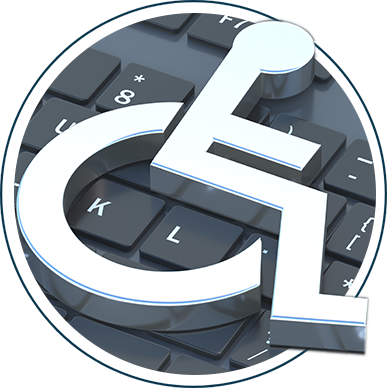
Similar to adaptive keyboards, adaptive mice feature different models and types to cater for a diverse range of requirements. For example, foot-operated mice might be preferable for those with no hand mobility, while joystick-style devices may be preferable for those with only limited hand mobility. Almost all these devices feature customizable sensitivity and button configurations to accommodate even more needs.
As you can see, the key to assistive technology and its success is its ability to cater for a broad spectrum of individuals. This technology isn’t just great for people with disabilities it’s also an example of assistive technology for the elderly. As this group can often experience the same challenges when it comes to navigating the online world.
Speech generating and voice recognition devices
For some, using a keyboard or mouse to interact with a computer is simply not possible, and for those individuals, speech-generating devices and voice recognition technology offer a valuable solution. This is an essential assistive technology for communication for obvious reasons.
Voice recognition software allows users to control their computers and input text using spoken commands. It is particularly beneficial for individuals who struggle with fine motor skills, ADHD is a useful example of this. Apple’s Siri is perhaps the most obvious and well-known example of voice recognition technology, and has become an indispensable tool for almost everyone with an iPhone, whether they have a disability or not.
Speech generating devices, or ‘SGDs’ as they are known, help individuals who have difficulty speaking to communicate more effectively. SGDs convert text or symbols into spoken words, enabling users to express their thoughts, first in text, then verbally with assistance. They are particularly useful for individuals with conditions like cerebral palsy or amyotrophic lateral sclerosis (ALS).
Screen readers
For individuals with visual impairments or those who have difficulty reading text due to conditions like cerebral palsy, screen readers offer a lifeline to the digital world. This high-tech assistive technology tool converts digital text into synthesized speech, allowing users to listen to written content that they would otherwise not be able to digest. Tools, like Recite Me’s accessibility toolbar, offer screen reader features among a whole host of other accessibility aids, and are a great way to ensure you are not excluding anyone from your digital shopfront.
Screen readers are also one of the most wide-reaching assistive technologies. They can provide usability for a wide range of conditions, including those that do not present blatant physical disabilities such as dyslexia and autism.
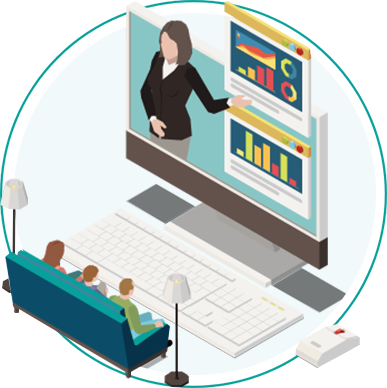
Benefits of Assistive Technology for people with Mobility issues
From rudimentary technologies, like ramps and walkers, to ergonomic keyboards, SGDs, and the like, assistive technologies cover broad ground. The benefits of assistive technologies are wide-ranging and far-reaching, helping many individuals with physical disabilities, particularly those with mobility issues. This section highlights some of the key advantages brought about by assistive technology:
- Increased independence: With the right assistive devices, individuals can perform daily tasks more independently. For example, the inclusion of ramps mean that wheelchair users can navigate their environment without assistance, while a person using voice recognition software is free to roam the internet without relying on others.
- Enhanced quality of life: Access to assistive technology can significantly improve the overall quality of life of its users. For example, assistive technology is essential in education and special education settings as it enables individuals to fully engage in lessons and go on to pursue their career opportunities.
- Greater safety: Mobility aids like ramps and walkers enhance safety by reducing the risk of falls and accidents. Also, adaptive devices, like ergonomic keyboards and foot-operated mice, ensure that individuals can perform tasks in a way that minimizes strain and injury.
- Empowerment: Having access to assistive technology empowers individuals to take control of their lives. It fosters a sense of autonomy and self-confidence, which, in-turn, results in a positive impact on mental and emotional well-being.
Our 40-page Digital Accessibility & Inclusion Toolkit helps businesses break down online barriers and make a real impact. It offers practical advice on all aspects of digital accessibility, from writing an accessibility statement to accessible website tips and inclusive hiring.

How can businesses make become more accessible to people with physical disabilities
Creating an inclusive environment is not just about meeting legal requirements; it’s about contributing to a fairer society by ensuring that everyone has equal access to opportunities. Of course, opening up your doors to a wider range of people comes with business benefits too including increased revenue, enhanced brand reputation, and a reduction in costs associated with legal risks. So, with that said, how then do you go about making your business more accessible?
Physical spaces
For brick and mortar stores, this might include installing ramps and lifts across the building so that those with mobility issues can access different levels without difficulty. The number of ramps and lifts depend on the size of the building and its capacity, but consider that, at the very least, each staircase should have an alternative means of access. Once building navigation has been addressed, the next step is to make sure that all bathrooms are accessible. This means equipping walls and cubicle doors with grab bars, widening doorways, and providing sufficient space for manoeuvring within the bathroom itself.
Online spaces
For online businesses, the list of adjustments you can make is seemingly endless. But, by being selective, you can make your business accessible to a broad spectrum of disabilities with just a few key changes. Perhaps the most impactful adjustment you can make is to design your website with accessibility in mind.
What does this mean exactly? It means that your website includes alt text for all images, that it is easily navigable using just a keyboard, that it transcripts for audio content, and live captions for video content.
Additionally, your website should also offer adjustable settings that allow users to customize their experience. This includes options for zooming in on text, altering color contrast, and using screen masks to reduce visual distractions.

Consider, for example, an educational platform that allows users to adjust text size and background colors to suit their individual preferences and make reading easier. This allows students with varying degrees of visual aid requirements to tailor your website as they see fit, covering every different degree of visual impairment with just one simple adjustment. As a result, no one is deterred from visiting your website. Several accessibility tools on the market include this level of styling and customization, one of them being Recite Me’s very own accessibility toolbar.
Finally, ensuring your website is compatible with screen readers is another key way to enhance accessibility. Screen readers are essential for individuals with visual impairments, as they convert digital text into synthesized speech. To make your website compatible with screen readers, you must structure your digital content properly with headings, lists, and landmarks. You should provide descriptive link text and avoid using ambiguous phrases like “click here” which provide little context when read aloud.

Add Assistive Technologies to your Website with Recite Me
Want to leverage the many benefits of assistive technologies? Then make a start today with the Recite Me assistive toolbar, which integrates with your website and offers a variety of assistive tools. With tools including text-to-speech, magnifier, contrast changer, translation software and much more.
- Contact our team for more advice on assistive technology.
- Find out more about the Recite Me Assistive Toolbar.
- Trial the Recite Me toolbar live on your website.
- Schedule a free demonstration of how our assistive toolbar can help you.
- Run a free scan of your website for WCAG 2.1 AA compliance.
